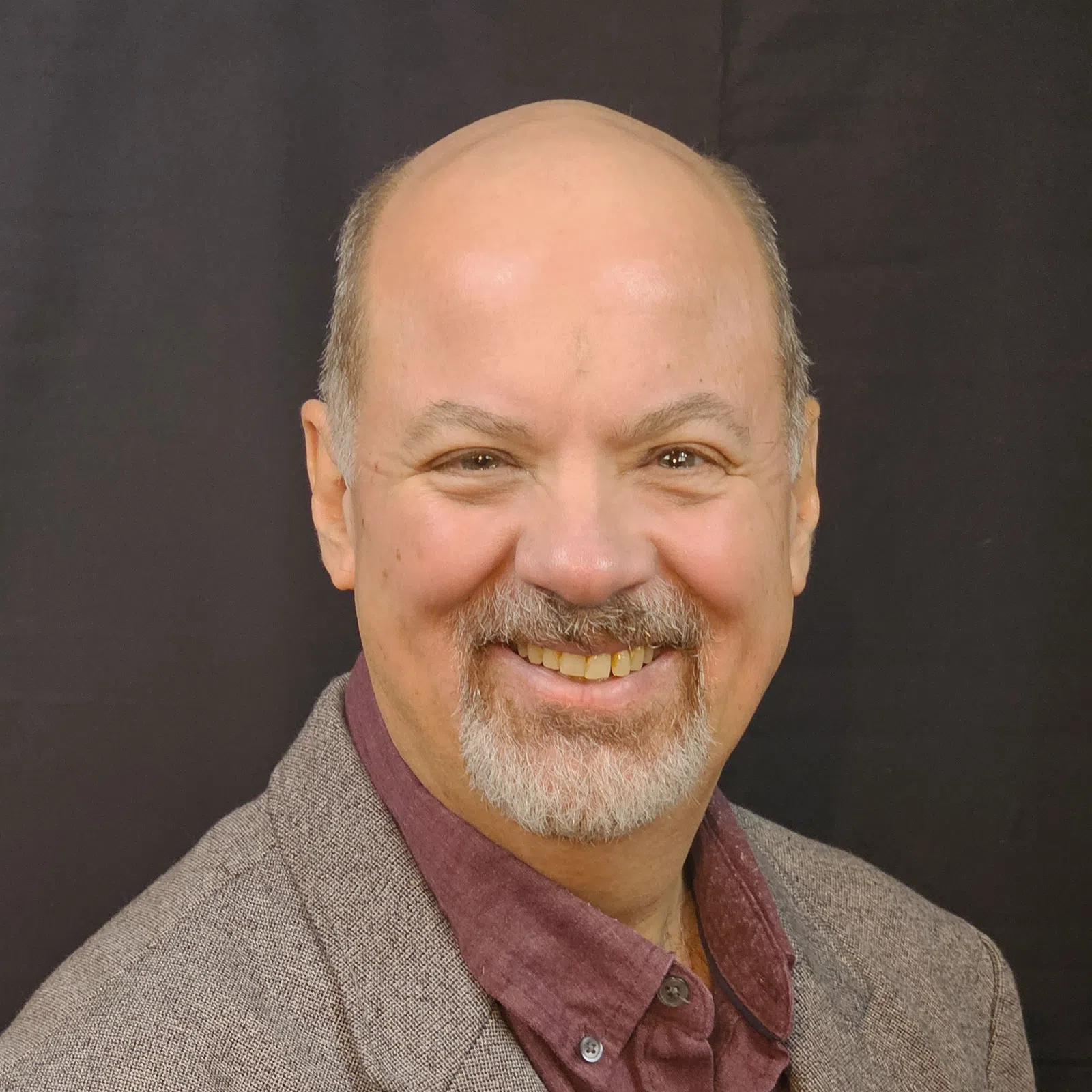By Marco Aquino
LIMA (Reuters) – Hochschild Mining is on a collision path with Peruvian communities near its Inmaculada and Pallancata mines, with the firm adamant it will not shut the pits and local residents determined that it will not be granted operation extensions.
Community leaders near four mines in the southern Andean region of Ayacucho, including the two ran by Hochschild, said they expected to be presented with a definitive plan to shut the mines in a meeting scheduled for Wednesday with mining firms and the government.
But Hochschild told Reuters it expected to be granted approval to extend the life of the two gold and silver mines.
The opposing expectations stem from what appear to be contradictory messages coming from the government of leftist President Pedro Castillo.
Last month, Prime Minister Mirtha Vasquez had said Peru would not back permit extensions for the Hochschild mines and two other smaller mines facing community opposition, sending Hochschild shares down over 50%.
But later, the government appeared to backtrack, saying, without naming Hochschild specifically, that mining firms could still request permit extensions in adherence with regulations.
Inmaculada provides some 60% of the London-listed miner’s cash flow and the company has a $4.4 billion investment plan for the mine that it wants to keep operating until 2042. Without a permit extension, it is scheduled to close by the end of 2023.
“They are asking to modify their environmental impact to expand their mine,” Asuncion Margarita Gutierrez, a district leader in Ayacucho’s Paucar del Sara Sara province, where Hochschild’s mines are located, told Reuters by telephone.
“But there is no deal here, our lives comes first,” she said, repeating accusations that the mines polluted local water sources. Hochschild has categorically denied the accusations.
The standoff is a test for Castillo, who rode to power in July on the back of strong support in mining districts for his pledges to redistribute mining profits and give indigenous communities near mines a louder voice.
The mining ministry did not immediately reply to a request for comment.
‘NO PLANS TO CLOSE’
Hochschild’s vice president of legal and corporate affairs, Jose Augusto Palma, told Reuters the company “has no plans to close” Inmaculada or Pallancata and that it had provided all the legal documentation necessary to extend the permits.
“We trust that the government will explain to the leaders the status of the current permits and those that are in process, and that it will respect the legal order that regulates the renewal of permits,” he said in emailed replies to Reuters.
Inmaculada produced around 129,000 ounces of gold and 4 million ounces of silver in 2020. Pallancata produced around 13,000 ounces of gold and 3.7 million ounces of silver.
Several communities in Ayacucho have threatened to protest if the government fails to comply with what they consider a pact signed with Vasquez in November to shutter the mines.
Under Peruvian law, all mines have a planned closure date, which can be modified if more resources are found and if regulators allow it. The four mines in questions have closure dates ranging from 2022 to 2025.
Che Bernaola, representative of the Ayacucho Sur committee, said he expected the government to ratify the gradual closure of the mines.
“The only thing we can discuss at the table is how much reasonable time they need to shut them down, there is nothing else,” Bernaola said by phone.
Peru’s Environmental Assessment and Enforcement Agency (OEFA) has carried out 82 supervision tasks at the four mines between 2013 and 2021, government data show. It has identified breaches that have led to minor fines.
Julio Guillermo Gutierrez, president of a group in nearby Parinacochas, said the mines had to shut, but acknowledged the government might say the closures would “take a little longer.”
“We reaffirm our purpose to stick with the process of closing the mines, within the legal framework,” he told Reuters.
“For many years we have been tolerant, reasonable in our complaints, and now it is in the hands of the Executive; the state has to understand that we are also Peruvians.”
(Reporting by Marco Aquino; Editing by Adam Jourdan and Rosalba O’Brien)




